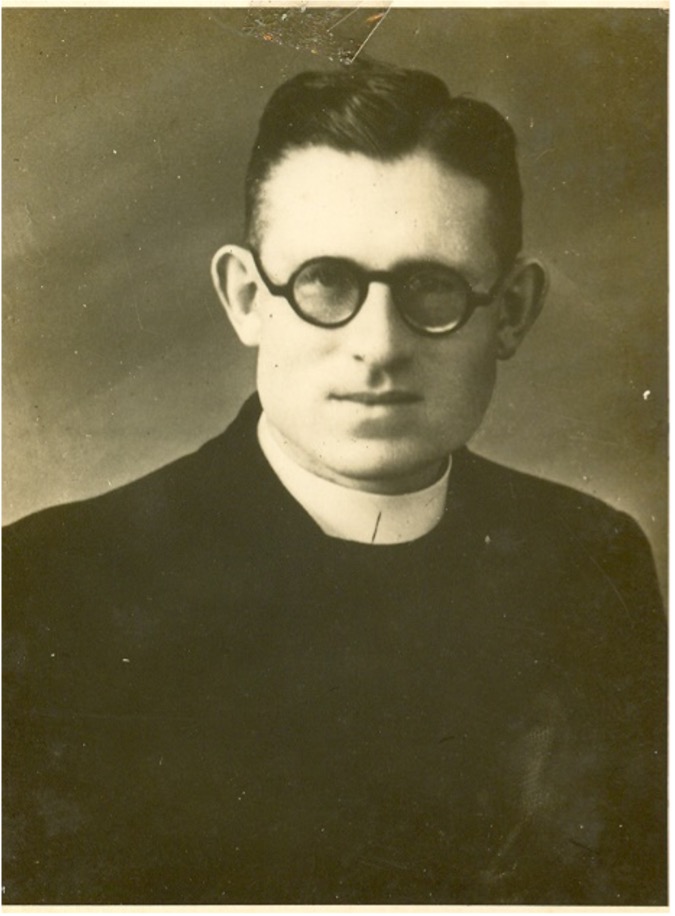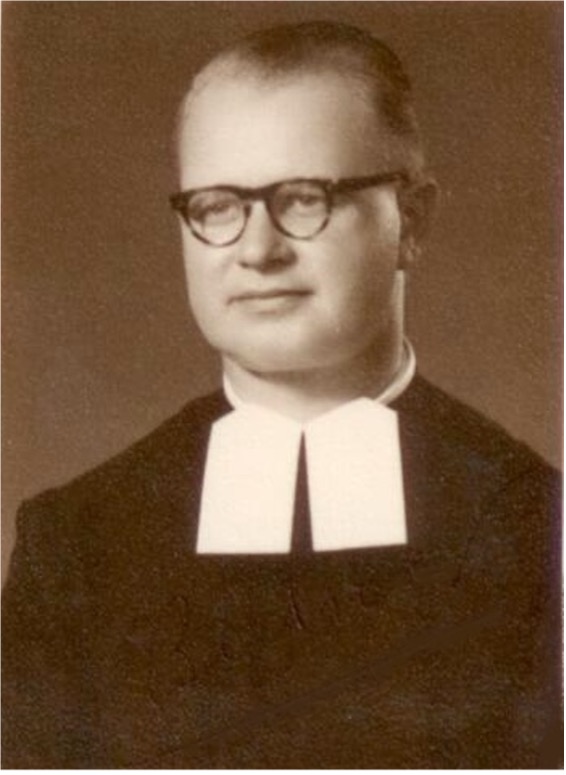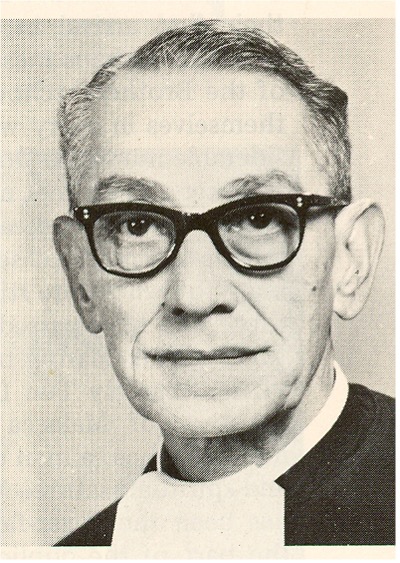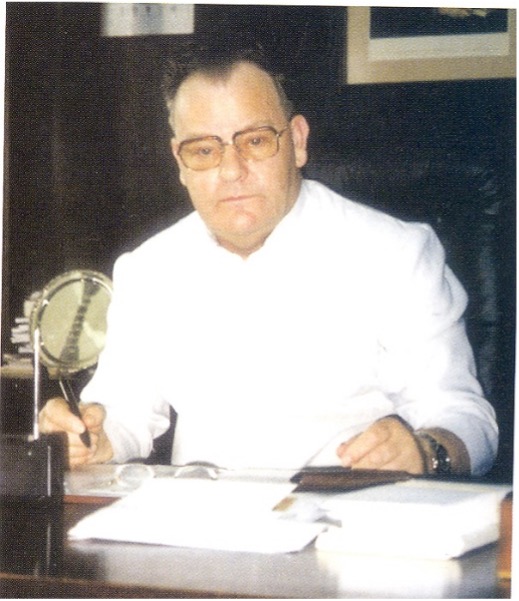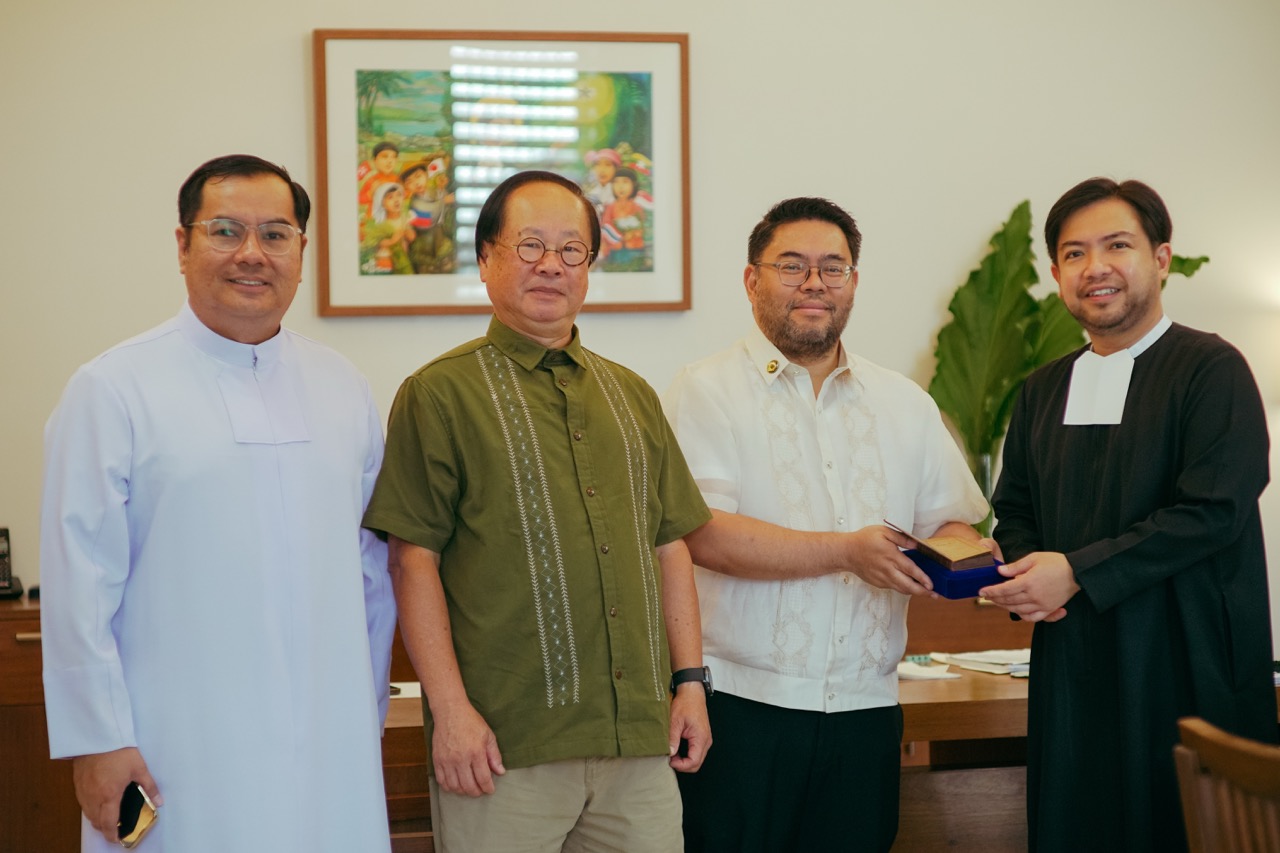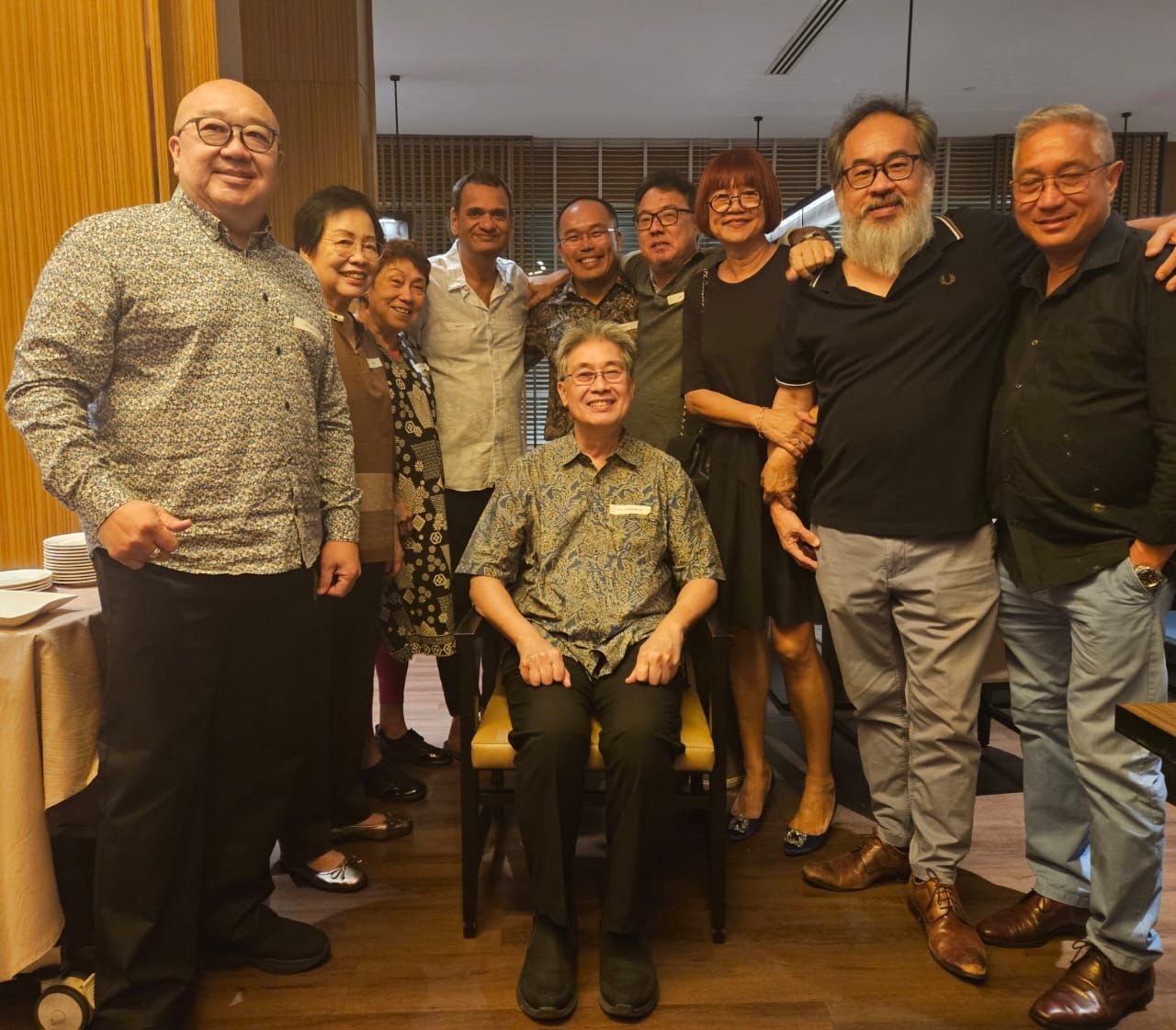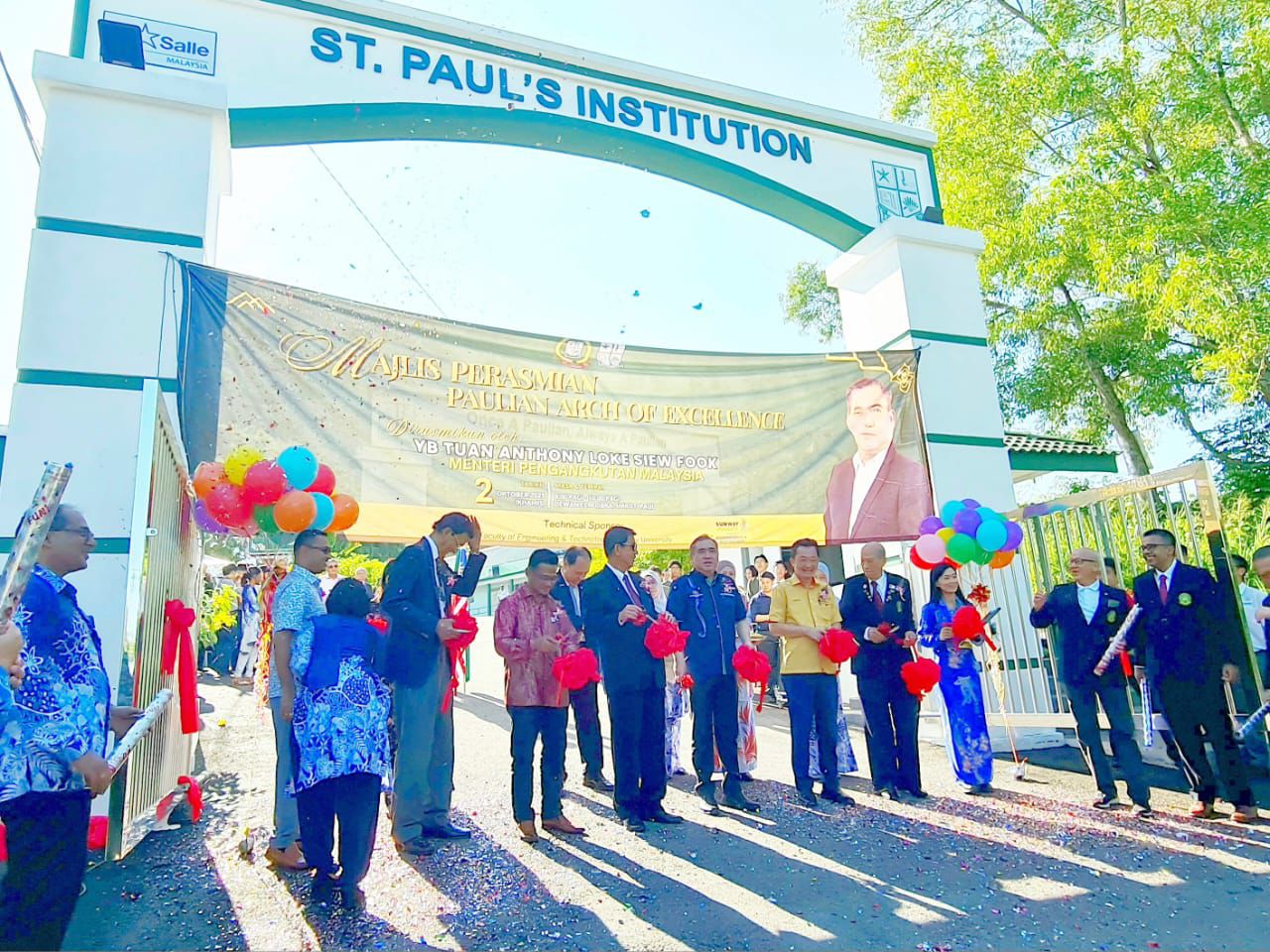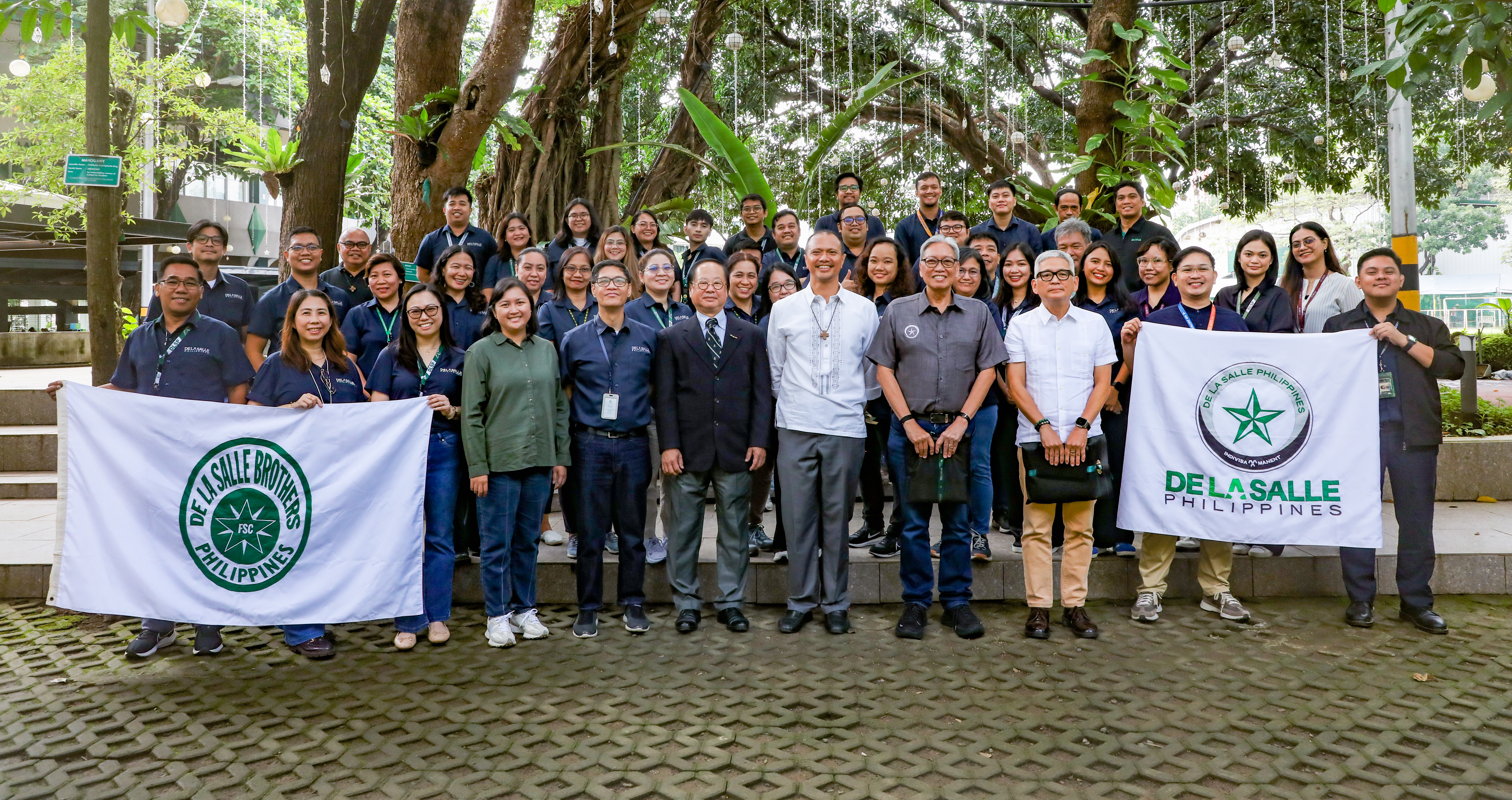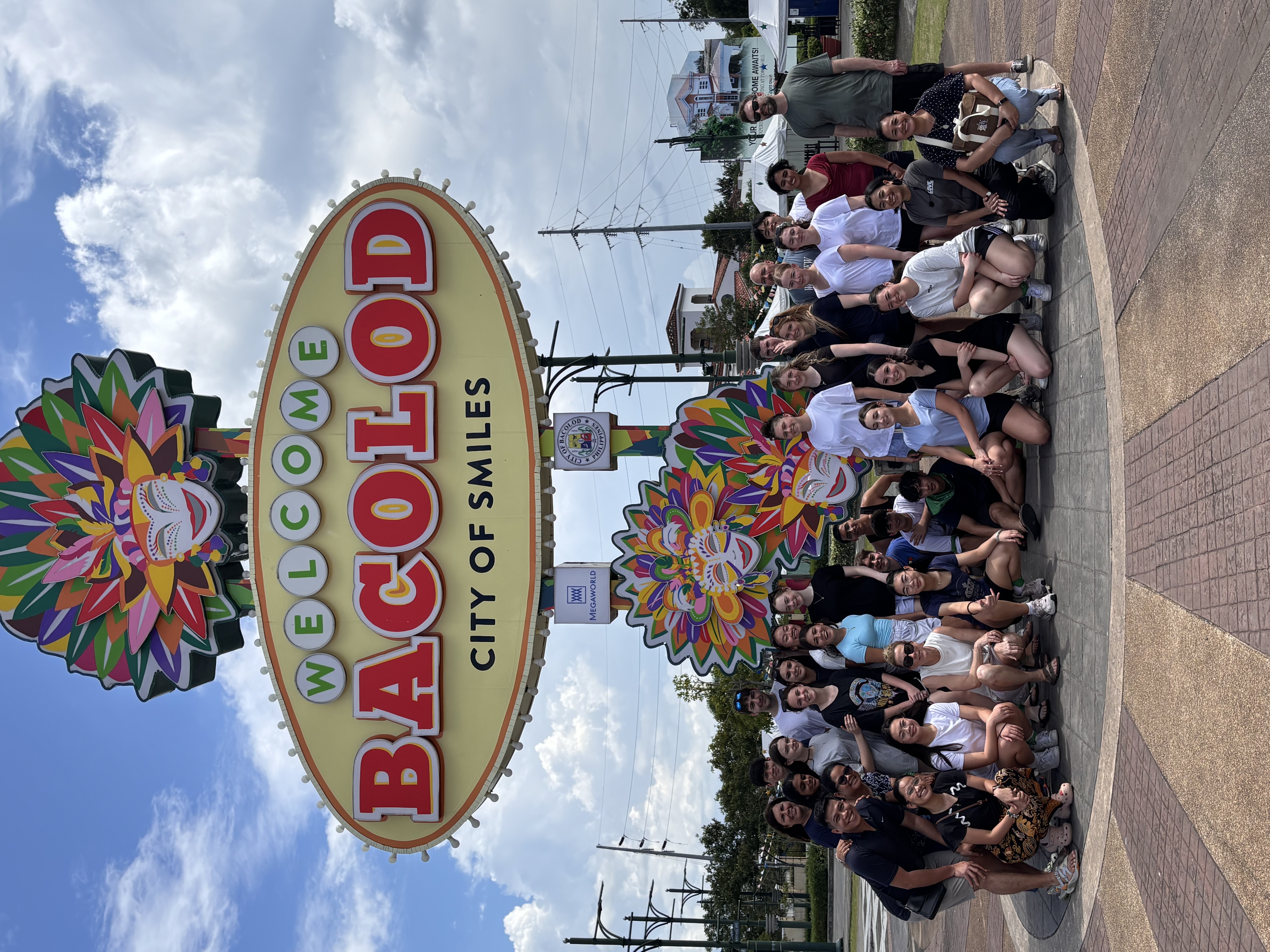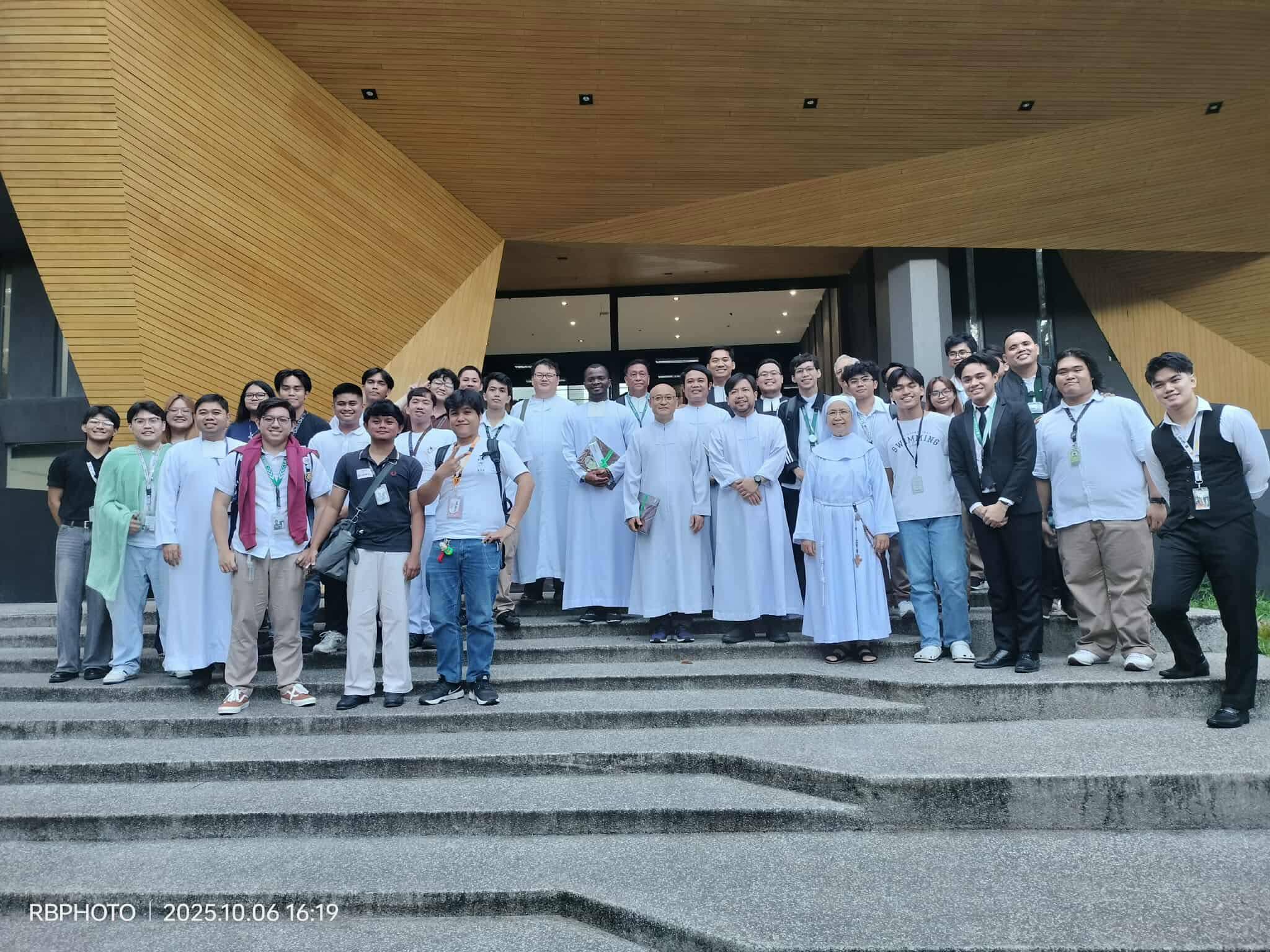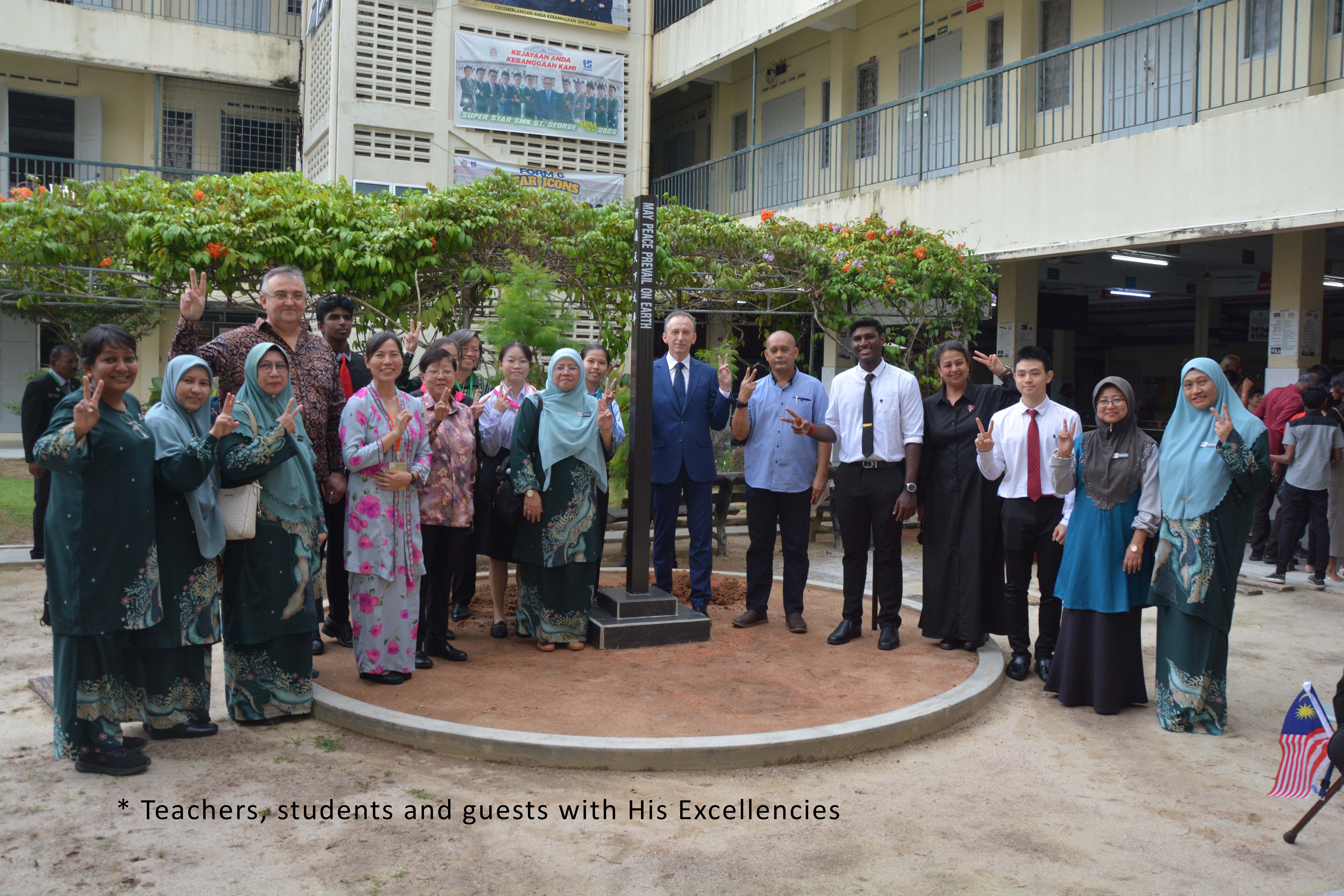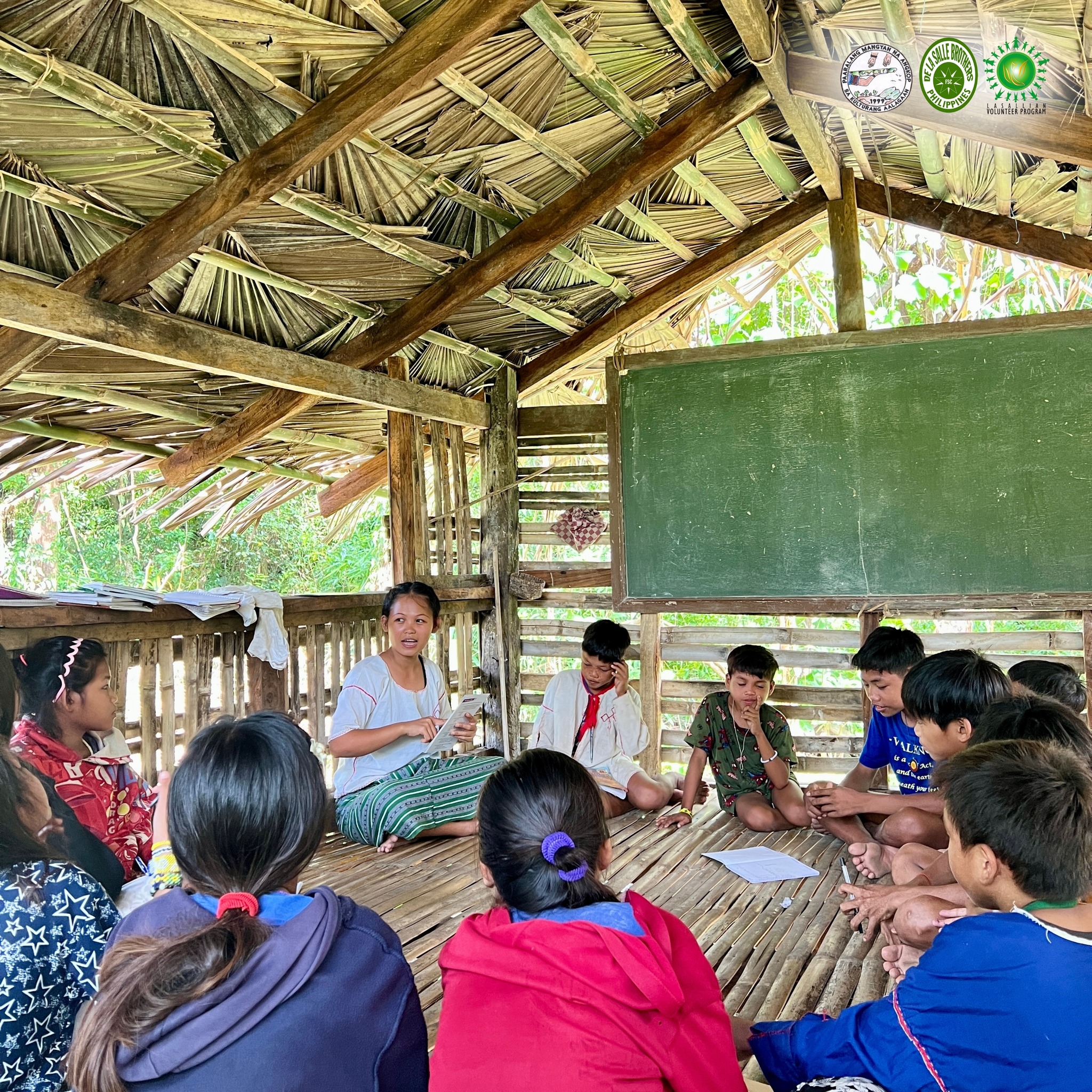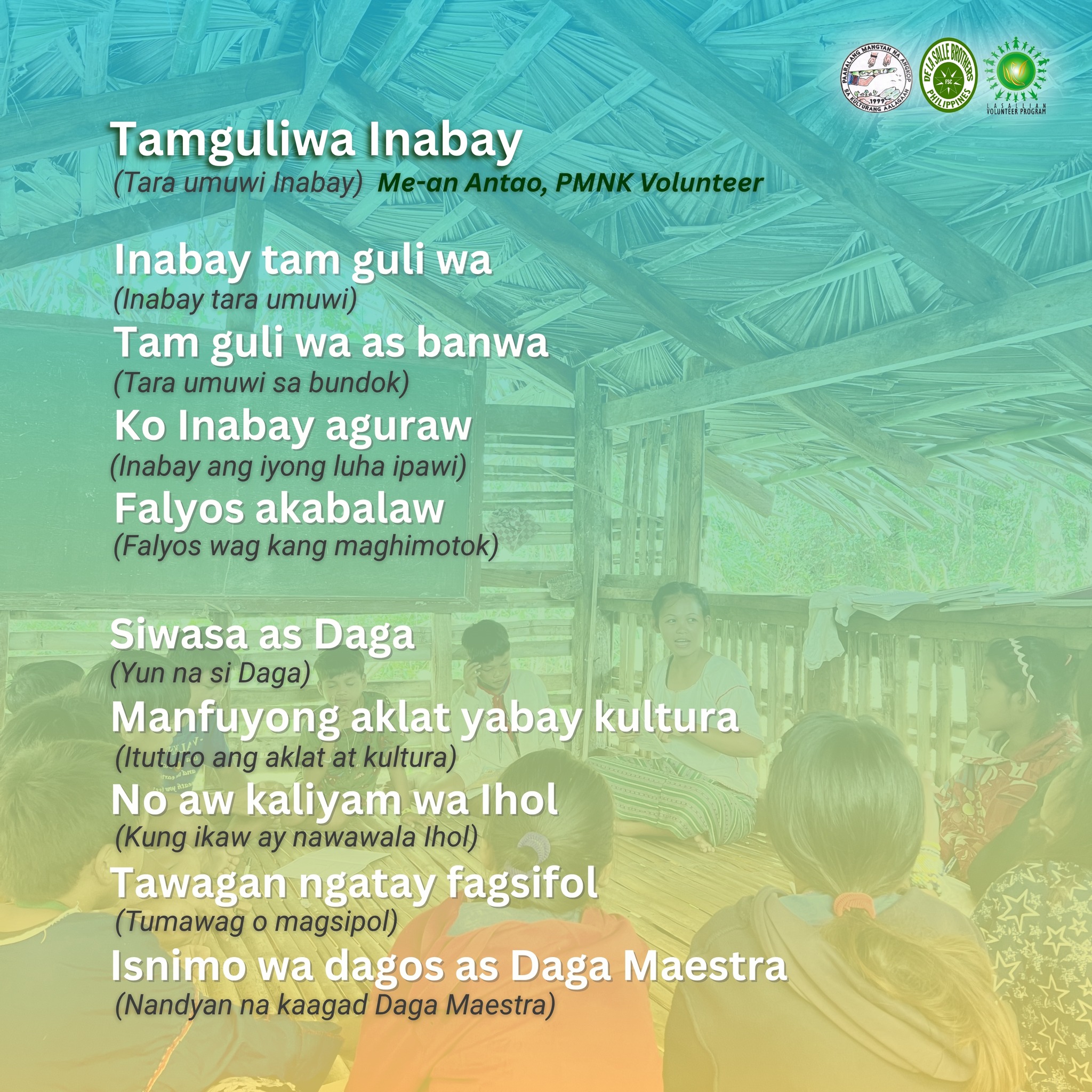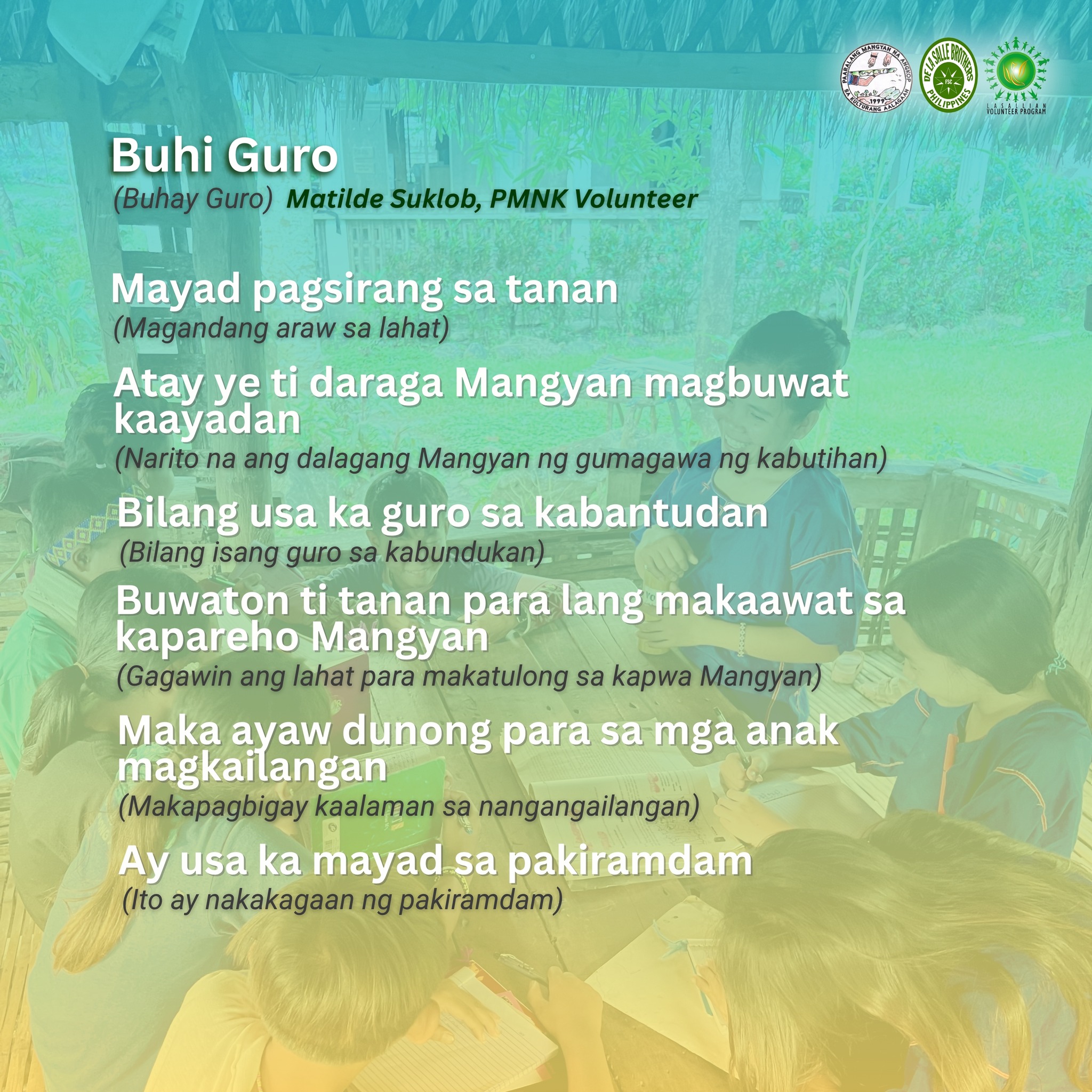Originally published in The Gateway Issue No. 43 (December 2012)
Brother Herman was born in 1913 near the small village of Bruree, County Limerick, in Ireland. He was one of 9 children and received the name Michael Joseph at baptism. The family ran a good dairy farm.
When he was in Primary Six a recruiter from the De La Salle Order came and gave a talk to the boys. Michael was touched and readily stepped forward to join. He received 4 years religious and academic formation. His Novitiate year began in 1929 and he was given the religious name of Herman. The year was progressing smoothly when a traumatic incident occurred.
Summer had come round and it was July 1930. The new postulants were being inducted and the novitiate year was drawing to a close for Herman. One day after weeks of rain the Novices and postulants were taken for a swim in the nearby river Nore. The river was swollen following the prolonged downpour and there was a strong fast current. In the midst of the excitement in the water a postulant went under and failed to re-appear. Novices shouted from the bank, the Director Brother Albert was alerted and went frantic looking for a volunteer to dive to the rescue. Herman was told to jump in, good swimmer or not. He was secured with a rope, and dived under several times, even checked further down, all to no avail. Eventually he had to give up, just as the police arrived. They dragged the river, and the body was found some hours later, much farther downstream, taken along by the swift current.
The novitiate year ended 15 September 1930 with the taking of vows for a period of one year. Next day he and his companions were on their way to Kilmacow, Co. Waterford, to continue their academic studies and prepare for a career in teaching.
One day the assistant superior general, Brother Abban Philip, came by, appealing for volunteers for the missions. Brother Herman decided to submit his name but was somewhat surprised when told he had been accepted and to write home for parental approval. His parents consented. He had two weeks home leave to bid farewell to family and friends.
The group of missionaries headed for England, crossed over to France and made their way to the Mother House at Lembecq, Belgium, then to Paris to catch the night mail to Marseilles to board the French liner Chenanceaux. Brother Herman’s first mission in the East was to be in Burma, present-day Myanmar. When he and his companions disembarked at Rangoon, they fell in love with Burma at first sight, with the land and its people. Brother Herman was assigned to the renowned St Paul’s High School in Rangoon. It was here he had his first taste of teaching.
Among his memories of Rangoon was the rainy season lasting from May to October, months of continuous downpour when everything was damp and there was no drying. By contrast the weekends at a country house and holidays in the hills were a delight. The Brothers took their classwork with them, and stacks of student exercises to be corrected. But there was also time for exploratory treks among the hills, swims and games.
January 1937 found Brother Herman suddenly transferred to St Xavier’s Institution in Penang, Malaysia. His stay in Penang was just about a year, after which he was posted briefly to St Michael’s Institution in Ipoh and then in March 1938 to St Joseph’s Institution in Singapore. For a while he replaced a sick Brother at Patrick’s Secondary School and was eventually appointed to help Brother Christopher Chen in St Anthony’s Primary School.
By 1940 war clouds were already gathering. The island fell to the advancing Japanese forces on 15th February 1942 and the Brothers were put under house arrest. Then, early in 1943, as the food supply on the island was running out, the Japanese decided to transfer a large group of Priests, Brothers and Sisters to a prisoner of war camp in the jungles of central Malaysia near a village called Bahau. Brother Herman was included in this group.
He wrote later:
“The one really exceptional event in our lives was the time spent in a work camp during the war with Japan. Those of us who arrived early were put in long atap huts and slept on planks a few inches above the floor. The most distinguished person who slept on the floor with us was Bishop Devals from Singapore. It so happened that the Bishop’s head came perilously close to the feet of Br Patricius O’Donovan who was heard to remark: ‘I feel humiliated knowing that I have rested my feet on the head of one of the finest men it has been my good fortune to meet.’
In the long hut where we resided there was an open space about 20 square metres, and in the centre were two wooden supports driven into the ground. On top of these a short board was nailed. This fixture served as an altar during our time in Bahau. Every morning, the Bishop, dressed in shirt and trousers and with a stole over his shoulders, celebrated Mass. He recited the entire Mass prayers from memory. He used a small box for the Holy Eucharist and a tea cup for the chalice.
The Brothers of course attended the Mass. But there was another ‘audience’ following every move. Part of the hut happened to be occupied by an assortment of ‘enemy aliens’ suspected by the Japanese. They were mainly Central Europeans as well as Chinese. They were very quiet and respectful during the Mass. You could hear a pin drop. This made me think of a saying we had in Ireland after World War I: ‘There are no atheists in the trenches’.”
The Brothers and other able-bodied men formed themselves into working teams for specific tasks such as clearing tree trunks, building roads and bridges, making drainage channels, digging wells, gardening and so on. Herman and Patricius opted to be undertakers. As time passed, especially when malaria became rampant, many were to die, including several convent orphans. A number of bodies each morning were placed in front of the altar requiring burial. It was their task to transport these across the valley to the burial ground. The soil was hard and an hour’s hacking was needed even for a shallow grave. Later as more died they had to call on others to help.
Once the ground was cleared it was possible to begin cultivating a variety of fruits, vegetables, maize, sweet potatoes, and yam. It was hard work but their efforts were abundantly rewarded at first. Soon, however, they found themselves at war with a host of garden pests like mice, rats, monkeys, squirrels and leeches. But it was the night marauders such as herds of jungle elephants and wild boars that did massive damage. As time went on, the very soil itself became less productive, impoverished by over cultivation.
Their biggest problem by far was malaria. Herman himself was struck down with cerebral malaria, a condition which few survived. He was rushed to Bahau village nearby and then by lorry to hospital in Seremban, to join Brothers Christian and Kieran who were also suffering from cerebral malaria. One day the attendants were mistakenly hauling Herman off to the morgue, thinking he was dead. A Eurasian nurse entered the room just then and Herman suddenly sat up in bed! It was a matter of misinformation, as Brother Kieran had died in a nearby room that morning. Brother Christian would die soon afterwards.
Brother Herman recalls the ending of the war: “The end of the war came more quickly than we ever expected. About the middle of 1945 some of us were clearing up some logs to burn when three military officers came out of the jungle not far from where we were. The officer in charge, a major, said they were members of Force 236 which operated behind the Japanese lines. They told us about the atom bomb and of the Japanese surrender. After a look around the major said we could do with some supplies, so he used his radio transmitter to call his headquarters in Colombo to send air-drops to us. A day or two later in the afternoon three planes appeared on the horizon. We lit fires to guide them. First they flew over our camp and came around and as they passed each dropped two long metal containers. These were full of food [army rations], clothes [army uniforms] for men and bales of coloured cloth for the women.” Everyone was soon ready to leave the camp. The pull-out began. Many years later, Brother Herman, in the company of his good friend Brother Patricius, would pay a nostalgic visit to the site.
After the war ended, Herman and other Irish Brothers were sent on extended home leave to help them recover from their ordeal. His father had died during the war but his mother and whole family were overjoyed to see him again after an absence of 15 years. He remained intensely attached to his family all through life.
When he returned to the East in 1947, this time to Hong Kong, he was in the company of Brothers Brendan Dunne and Raphael Egan who would become friends for life. Brother Brendan was posted to St Joseph’s College while Brothers Herman and Raphael were posted to La Salle College, Kowloon. He would spend the rest of his life in Hong Kong, a total of 62 years. Herman’s first teaching assignments were in the junior forms and he had special responsibility for the boarders. These were about 140 in number and came mainly from central and southern China. As Brother Herman put it: “Many were as big as myself. They were serious, well-behaved young men, anxious to succeed in the matriculation examination.” He also became Sports-master in the early 50’s in Perth Street, though he himself was not really a gamesman. Yet, this period is remembered as a golden age for La Salle athletics with legendary athletes like Stephen Xavier sweeping all before them. But the heavy workload and the difficult conditions at Perth Street began to take their toll on his health. So in the late 1950’s the Superiors advised him to return to Ireland to rest and recuperate.
He returned to Hong Kong in 1961 in much better health and by then La Salle College had returned ‘home’ to its Boundary Street campus with its majestic dome on the hill. There was a sense of general euphoria. Then, in 1964, Brother Director Felix Sheehan opened an evening school on the campus to help poor boys who could not get into any day school or who were working during the day. The first Principal was a lay teacher and Herman helped out by teaching Bible Knowledge. He noticed as time passed that the number of students was decreasing and things were not going very well. When the lay head resigned in May 1965 Bro. Herman was asked to replace him. He quickly hatched a plan for improvement which consisted in recruiting some full time teachers and some of the College teachers to teach part-time in the evening classes. They were happy to oblige as a little extra income was very welcome. One former student of the Evening School recalls how it catered to the less fortunate boys. “Thank God, I was one of the poor boys who benefited from the Evening School.”
Having greatly improved the quality of the evening school, Herman now began to dream of moving away from La Salle altogether and opening a new school. The opportunity came around 1967 when the Government granted the Brothers a site in Homantin. But there was a tough condition attached: the Sponsoring Body must pay 20% of the cost.
This could have been a serious stumbling block, but Herman must have being praying hard, as Providence now kindly intervened. He was introduced to the Chan family who were keen to sponsor a new secondary school in memory of their father. Herman was quite happy to name the school after Mr. Chan Sui Ki. But not wanting to break the link with La Salle College he registered the school with the name La Salle added on in brackets and on 3rd Sept 1969, he and Brother Eugene Sharkey moved from La Salle College for the official opening of the new Chan Sui Ki (La Salle) College. It was to have a bright and successful future, first with Brother Herman in charge and then, in 1971, Brother Eugene.
Now that Chan Sui Ki (La Salle) College was up and running, Brother Herman set his sights on a new venture, a primary school also in the name of Chan Sui Ki. Fortunately at that time a low cost housing estate nearby was being completed. The estate made provision for two primary schools, one for the Christian Church and one for the Catholic Church. The Brothers applied for the Catholic school and the application was successful. The new school was up and running in 1973. It was a bi-sessional school and eventually catered to about 1000 students per session. Brother Herman was the first Principal until such time as he appointed a replacement. He then continued as the school Supervisor, a post he held to his dying day. He had also the distinction of making it the first Lasallian co-ed school in Hong Kong.
Come the millennium year and the low cost housing estate was being re-developed. Brother Herman was worried that his beloved Primary School, which was slated for demolition, would either disappear or be moved much further afield. He was now in his 90’s but was as concerned as ever for the future of the school. When the Government recognized all that had been achieved by Chan Sui Ki Primary and allocated the magnificent new campus just down the road he was of course in the third Heaven. He told a Brother at the time “My work has come to an end and it is time for me to fade away.” But of course quite the opposite happened and he threw himself enthusiastically into the detailed planning of the new school which opened in September 2006.
The Brothers were keeping an eye on the general health and care of Brother Herman and came to the view that a change to La Salle College Community would be best. They were well aware that Brother Herman would find it very difficult to leave Chan Sui Ki Community. And indeed he shed some tears but gradually came to accept that the change was in his best interest. He took up residence in La Salle College in 2004 and carers were employed for him. He decorated the walls of his bedroom with photos of student activities, especially of those in Chan Sui Ki Primary School and viewed school videos regularly. He also received many visitors and often surprised them with his accurate memory.
Some of his family members also came visiting. He had a very strong attachment to family and home and could hardly speak of them without emotion. He recorded messages for them, though his voice was soft and frail. His memories of the family and of himself as a lad growing up on the farm remained vivid and accurate.
When the end did come, it took the Brothers somewhat by surprise. Brother Patrick gives the closing scene:
“We had become used to frequent hospitalizations and each time Herman would reappear and carry on as if nothing had happened. When he was admitted to St Teresa’s Hospital on 31 January 2009, we expected a similar outcome. It was not to be. Three weeks later, on 21 February, he passed away quietly and peacefully.
Herman had fought the good fight, run the race and finished the course. He remained mentally sharp and alert and must surely have set some kind of record in remaining as Supervisor of Chan Sui Ki (La Salle) Primary School to the end.
St Teresa’s Church was packed on Ash Wednesday 25 February with staff, former staff, students, parents, alumni and representatives of the Lasallian Family for the funeral Mass. The Mass was said by the parish priest, Fr. Ferdinand Lok, assisted by our school chaplain, Fr. Alex Mendez. Brother Thomas Lavin, Visitor, delivered a fine homily.
Brother Herman was laid to rest in the Brothers’ burial plot in Happy Valley, alongside his long-time friends and survivors of jungle wartime days, Brother Patricius O’Donovan and Brendan Dunne. Many of those who attended the Mass also came for the burial. After the burial rites, the Brothers sang the Salve Regina in good Institute tradition.”
Brother Herman always wanted to help the poor and the needy. The involvement with La Salle Evening School and the setting up of Chan Sui Ki Primary School was evidence of this. Throughout his life he helped the less fortunate in whatever way he could and within his modest means. Janitors and auxiliary staff were never forgotten at Chinese New Year. One of his nicknames was “Wong Tai Sin”, a Chinese god of healing and benevolence. To commemorate this aspect of his character, Chan Sui Ki (La Salle) Primary School decided to set up "The Memorial Fund of Brother Herman”.
Those who knew Brother Herman in life did not forget him in death. Brother Thomas Lavin in his eulogy had this to say:
“Our Founder, St De La Salle, gave us lots of advice on how we Brothers should relate to our students. One of my favourites is: ‘Show the firmness of a father toward the children you are educating but also the tenderness of a mother in bringing them together.’ This is a balance that most teachers find difficult to achieve in their professional life. We could describe it as being both Martha and Mary at the same time.
I think Bro Herman is an excellent example of how to balance these qualities in one’s life. We know that he could be very firm and single minded in pursuing a goal he really believed in. He was a very persistent, courageous and determined man. At times one could detect a strain of Irish stubbornness which did not always sit easily with everyone. Nor did he allow for many shades of gray when it came to an argument. But he could never be faulted for lack of sincerity or accused of any personal agenda or ambition. Then we all know that beneath that rather stern appearance there was a very warm heart indeed. He cared deeply for the welfare of his students and even more so for teachers. One of my earliest memories of him back in the 60’s is seeing him walking around the old football field in the evenings. He nearly always had a boy walking beside him whom he would be listening to and counselling. Likewise teachers were always welcome to share their difficulties with him and they could be assured of a sympathetic ear. I know that he helped many in his own quiet way.”
Brother Herman could well be described as a quiet man. He rarely raised his voice but often raised people up, by encouragement in word and deed. “You Raise Me Up.”

